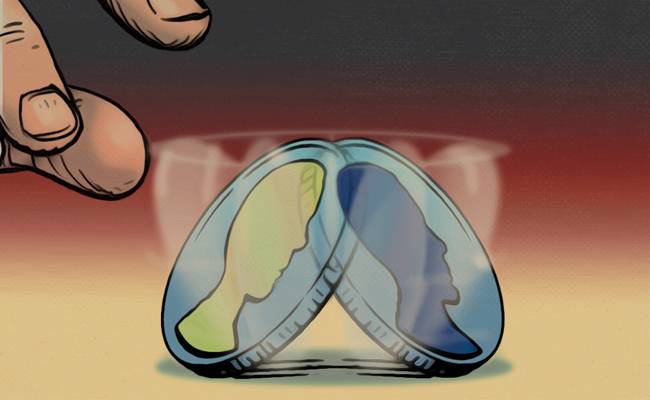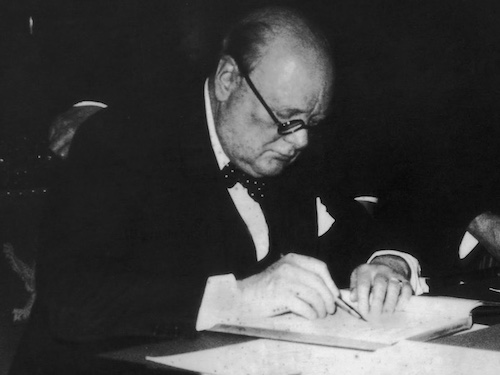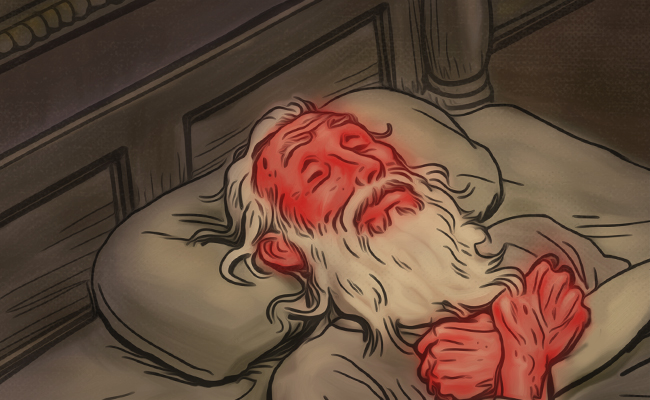
On page 172 of Jean Edward Smith’s biography of Dwight D. Eisenhower, Ike is almost 52 years old, an age at which many a man feels his life has largely run its course.
Yet there are 600 pages left to go; the book is less than a third of the way through.
Up until that point, Eisenhower had had an accomplished, well-regarded, but fairly unremarkable military career. Having missed out on seeing combat in WWI, he diligently applied himself to being a peerless peacetime staff officer. His trajectory into retirement seemed predetermined, and had he stayed on it, no one today would remember his name.
But on page 172, Pearl Harbor is bombed, setting Eisenhower on an extraordinary, unexpected journey. He would soon become Supreme Allied Commander, president of Columbia University, and ultimately the president of the United States.
Oftentimes at midlife, beginning even in your thirties, a sinking feeling of resignation settles in. All the major pieces of life are seemingly in place. This is your job. This is your home. This is your spouse. These are your children. The course of your life feels set.
Yet you can never know what plot twists in your relationships, character, professional path, or level of success lie just around the corner.
Sometimes, it takes an external event to change our lives, but we must stay ready, as Ike did, to seize the opportunity if/when it arrives.
Other times, it’s up to us to author a new narrative ourselves.
Fortunately, a metaphorical typewriter lies ever before us, and the brilliance of biography is that the number of pages assigned to each period in life isn’t correlated to number of years but richness of content. No matter how slender the manuscript is so far, the meatiest, very best chapters may still be to come.







